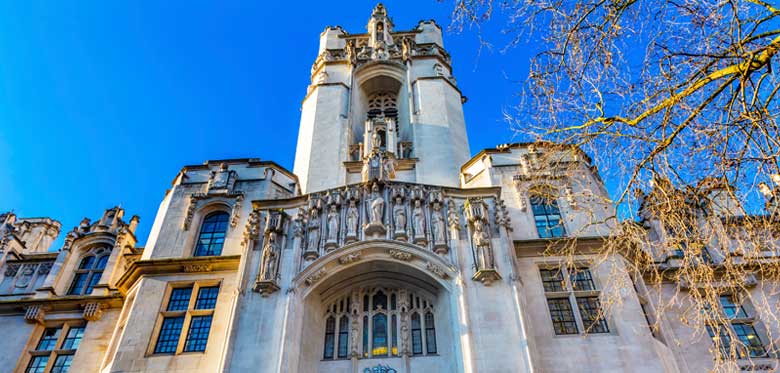At the start of this year, many people will have been disappointed with the Supreme Court’s decision in the appeal known as Paul & Anor v Royal Wolverhampton NHS Trust (‘Paul’) regarding secondary victim claims.
Prior to this appeal, the leading case on secondary victims was Alcock and set out the criteria that claimants needed to meet in order to establish themselves as a secondary victim:
1. the proximity of relationship between them and the primary victim
2. that their injury must arise from a sudden and unexpected shock
3. that they were personally present at the scene or immediate aftermath
4. that their injury arose from the death, extreme danger to, or injury of the primary victim
5. that there must be “a close temporal connection between the event and the [secondary victim’s] perception of it, combined with a close relationship of affection between the plaintiff and the primary victim”.
The difficulty with the Alcock criteria for clinical negligence claims has always been the connection between the ‘event’ and the secondary victim’s perception of it. In many claims, the negligent event occurs some time before the primary victim’s injury becomes apparent/death occurs, which then causes the secondary victim’s psychiatric injuries. An example (from the case of Paul) is where the primary victim collapsed and died in January 2014, whilst out shopping with his daughters. He had previously been treated in hospital for acute coronary symptoms in 2012. The claim was that, if his symptoms had been appropriately investigated and treated at that time, then he would not have suffered a heart attack in 2014 and his daughters would not have suffered psychiatric illness as a result of witnessing his death.
The difficulty with this particular criteria has led to numerous decisions having to be made by Judges on a case by case basis. Judges sometimes had to rely on there being no breaks in the secondary victim’s perception between the ‘event’ and the ultimate outcome. This led to arbitrary decisions. It was hoped that Paul would resolve these issues, and it did, but sadly it now means that many victims will now be unable to recover for their injuries.
A key factor that the court considered was whether a doctor in providing medical services not only owed a duty to the patient, but also owed a duty to close members of the patient’s family to take care to protect them against the risk of injury that they might suffer from the experience of witnessing the death or injury of their relative from an illness caused by the doctor’s negligence. The leading judgment by Lord Leggatt and Lady Rose concluded that no duty of care is owed in these circumstances.
The leading judgment also distinguished between a victim who witnesses an accident versus a victim who witnesses a ‘medical crisis’ following alleged negligent medical treatment. In conclusion, it was confirmed that witnessing an accident (defined as ‘an expected and unintended event which caused injury (or a risk of injury) by violent external means to one or mor primary victims’) was necessary to qualify as a secondary victim, but that witnessing a medical crisis (the suffering or death of a relative from illness) or it’s aftermath was not sufficient.
The judgment states, ‘These limitations are justified, not by any theory that illness induced by direct perception is more inherently worthy of compensation than illness induced by other means; but rather by the need to restrict the class of eligible claimants to those who are most closely and directly connected to the accident which the defendant has negligently caused and to apply restrictions which are reasonably straightforward, certain and comprehensible to the ordinary person’.
Lord Burrows was the only Judge to give a dissenting opinion and concluded that he felt it would be, ‘…an unwarranted backward step to insist that there must be an accident (in the sense of an event external to the primary victim) in order for there to be recovery for negligently caused psychiatric illness by secondary victims’ and that, ‘In future, and subject to possible rare exceptions, the approach of Lord Leggatt and Lady Rose will mean that recovery for negligently caused psychiatric illness by secondary victims will be closed off in medical negligence cases’.
Sadly, Lord Burrows is correct. It seems aside from rare cases of a medical accident i.e. where a patient is given incorrect medication in front of a family member and it causes an immediate reaction, victims will be unable to recover for their injuries. This is particularly upsetting in the context of stillbirth cases. In these types of cases, mothers are generally considered to be primary victims and will be able to recover fully for their injuries. Whereas fathers, who witness the same horrific consequences of the negligence, will be unable to recover. This seems particularly unfair and I would suggest that this is an area that would benefit from some statutory provision (similar to a bereavement award).
If you or a loved one has suffered due to the negligence of a medical professional call our medical negligence experts today on 0161 696 6165 or complete our online enquiry form and we will contact you directly.




Comments